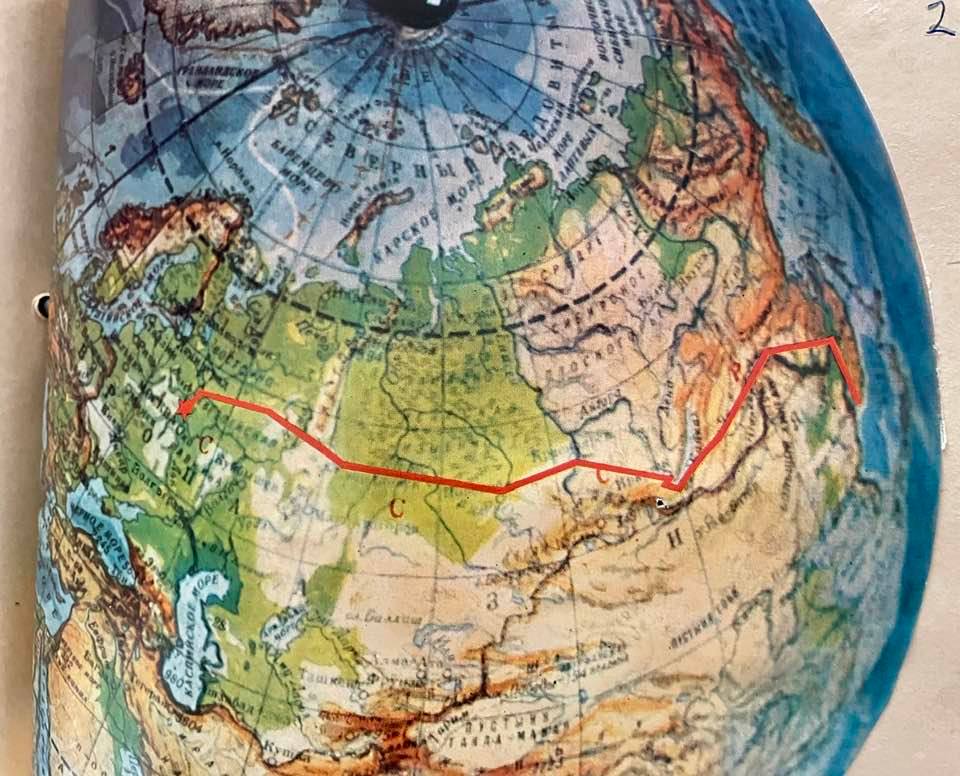MAY 14, 2022 – When the train reached major cities like Perm, Omsk, Sverdlovsk, and Novosibirsk, I was amazed by the size of such places that prior to my trip on the Trans-Siberian Railway, I hadn’t even known existed. Each had a population of well over a million—larger than today’s combined population of the “Twin Cities” of Minneapolis and St. Paul, Minnesota. My two stopover cities—Irkutsk and Khabarovsk—were each around half a million in population in 1981. Before my travels I hadn’t heard of those cities either. If I could barely scratch the surface of Russia, my deep lesson was how little I’d ever know of this great land from the Baltic Sea to the Pacific Ocean.
I spent only a day in Khabarovsk—just long enough for a few scant impressions of the place. Though an early winter had raged in western Siberia during my journey east, warm, sunny, autumnal weather prevailed in this pleasant city along the eastern shore of the Amur River a stone’s throw from China. I bought some ice cream and strolled through Muravyov-Amursky Park along the waterfront. Classical music played over the ubiquitous public address system—which, on command—I realized, when a self-convinced voice interrupted the music and blathered on—could be used to make propaganda proclamations. Being a million miles from Moscow to the west and a million miles from Minnesota to the east, Khabarovsk felt as remote as had Kalgoorlie in the vast outback of Australia.
While seated in the park in Khabarovsk, I examined the large map of Russia that I’d obtained at the Intourist office way back in Helsinki. Adjacent my remote location on the map I noticed an area designated as the “Jewish Autonomous Oblast”—a million miles from the “Pale of Settlement” established by Catherine the Great at the end of the 18th century and an area designated for Jews in the territory that is now the countries of Belarus, Moldova and Lithuania, along with most of Ukraine and what is now east-central Poland. The “Jewish Autonomous Oblast” was formed by Stalin in 1934 to show that like other nationalities of the Soviet Union, Jews too could enjoy their own region—just as American Indians could enjoy “autonomy” on remote “reservations.” Oh, what a place, Mother Russia!
Further inspection of the map revealed another angle of my remoteness in Khabarovsk: I was east of China, east of the Korean Peninsula, and east of a chunk of Honshu, the main island of Japan. Until I pored over that map in Khabarovsk, I hadn’t fully appreciated how far I’d traveled. Only by overland travel and the perspective of an old-fashioned map can a person fully appreciate how big is the tiny cosmic speck we call earth.
The next day, I woke early to board the train going west on the Trans-Siberian Railway. In another seven days through seven time zones, I’d be back in Moscow—the “Far East” of Europe and non-existent as far as the old Eurail map was concerned.
(Remember to subscribe to this blog and receive notifications of new posts by email.)
© 2022 by Eric Nilsson
